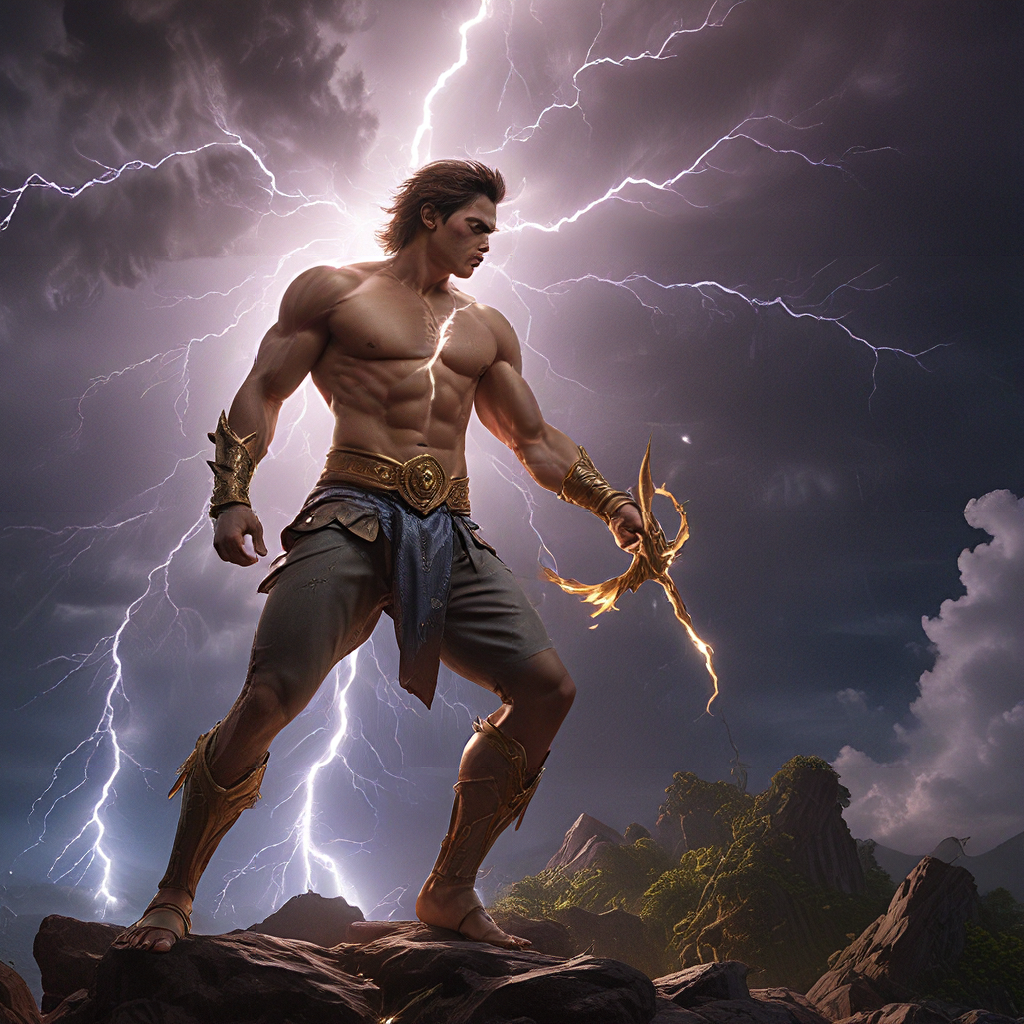The Role of Time in Flood Myths: Myths That Transcend Eras
Introduction to Flood Myths
Flood myths are narratives found in numerous cultures around the world, often depicting a great deluge that wipes out civilization, followed by renewal and rebirth. These stories serve as allegories for the human experience, encapsulating themes of destruction, survival, and the cyclical nature of life. The significance of flood myths lies not only in their storytelling but also in their ability to reflect humanity’s relationship with nature and the passage of time. This article delves into the role of time in these narratives, exploring how different cultures interpret and integrate the concept of time within their flood myths.
Historical Context of Flood Myths
Throughout history, ancient civilizations have shared similar flood legends, often reflecting their geographical and cultural contexts. Notable examples include:
- Mesopotamia: The Epic of Gilgamesh features one of the earliest known flood narratives, where Utnapishtim builds an ark to survive a divine flood.
- Greece: In Greek mythology, Zeus floods the earth to cleanse it of humanity’s wickedness, sparing only Deucalion and Pyrrha.
- The Americas: Indigenous cultures, such as the Ojibwe and Navajo, have their own flood tales, often intertwined with their spiritual beliefs and natural landscapes.
These myths not only reflect the environmental challenges faced by these civilizations but also provide insight into their values, beliefs, and understanding of human existence.
The Concept of Time in Mythology
Time is perceived differently across cultures; some view it as cyclical, while others see it as linear. This perception influences how flood myths are constructed and understood.
- Cyclical Time: In many Indigenous cultures, time is seen as a repeating cycle, where events recur and nature’s rhythms dictate existence. Flood myths in these cultures often emphasize renewal and the ongoing relationship between humanity and nature.
- Linear Time: In contrast, Western narratives, particularly within Judeo-Christian contexts, often view time as a straight line leading from creation to an ultimate end. This perspective influences the interpretation of flood myths as historical events with moral lessons.
The concept of time, therefore, shapes the narrative structure of flood myths and the lessons they convey about human existence and morality.
Common Themes in Flood Myths
Across various cultures, certain themes recur within flood myths, often intertwined with the concept of time:
- Divine Retribution: Many flood myths depict a deity’s wrath against humanity’s sins, emphasizing the consequences of moral failings.
- Renewal: After the flood, there is often a theme of rebirth and new beginnings, mirroring the cyclical nature of life.
- Survival: The narratives frequently focus on a select few who survive the catastrophe, highlighting themes of resilience and hope.
Time plays a crucial role in shaping these themes, influencing how different cultures perceive justice, morality, and the human condition.
Case Study: The Epic of Gilgamesh
The flood narrative in the Epic of Gilgamesh is a profound exploration of time and immortality. Utnapishtim, who survives the flood, is granted eternal life, but this immortality comes with a heavy burden. The story illustrates the human desire to transcend temporal limitations while also acknowledging the inevitability of death.
Through Utnapishtim’s tale, the narrative reflects on the cyclical nature of life and the limits of human power against the forces of nature. The flood serves as a reminder of humanity’s fragility and the transient nature of existence.
Case Study: Noah’s Ark and Biblical Flood Narratives
The story of Noah’s Ark represents a pivotal moment in Judeo-Christian theology, emphasizing divine intervention and the covenant between God and humanity. In this narrative, time is linear, moving towards a specific purpose and culmination.
Key elements of this narrative include:
- Divine Judgment: The flood is presented as a response to humanity’s wickedness, showcasing the moral implications of time.
- Covenant and Redemption: After the flood, God establishes a covenant with Noah, symbolizing hope and a new beginning.
This perspective on time highlights the significance of accountability and the possibility of redemption within a historical framework.
Indigenous Flood Myths: A Timeless Perspective
Indigenous flood myths often reflect a deep connection to nature and the environment, with a perception of time that transcends historical epochs. These narratives emphasize the importance of balance and respect for the natural world.
For example, many Indigenous cultures view floods not merely as destructive events but as necessary processes for renewal and growth. Their myths often incorporate lessons about living harmoniously with nature, suggesting that time is an ongoing cycle rather than a linear progression.
The Modern Interpretation of Flood Myths
In contemporary society, there has been a resurgence of interest in flood myths, particularly in literature and media. Modern interpretations often draw parallels between ancient narratives and current issues, such as climate change and environmental disasters.
Some ways in which flood myths are being reinterpreted today include:
- Climate Change Narratives: Flood myths are increasingly seen as cautionary tales about humanity’s relationship with the environment.
- Literary Adaptations: Authors are reimagining these ancient stories, infusing them with contemporary themes and concerns.
This revival highlights the relevance of flood myths in addressing modern existential challenges, emphasizing the enduring nature of these narratives.
The Psychological and Cultural Impact of Flood Myths
Flood myths play a significant role in shaping collective memory and cultural identity. They serve as frameworks through which communities understand their history and resilience in the face of natural disasters.
Key aspects include:
- Collective Memory: Flood myths contribute to a shared understanding of history and morality within cultures.
- Resilience: These narratives foster a sense of endurance and hope, encouraging communities to rebuild and adapt.
Time, therefore, is not just a backdrop for these myths but a critical component that influences how they are told and understood across generations.
Conclusion: The Enduring Legacy of Flood Myths
The exploration of time in flood myths reveals profound insights into humanity’s relationship with nature and the cycles of existence. These narratives, whether viewed through a lens of cyclical or linear time, continue to resonate across cultures and eras.
As we face contemporary challenges, the lessons embedded in these myths remind us of the importance of resilience, moral responsibility, and the interconnectedness of life. Flood myths are more than just stories; they are reflections of our enduring struggle to understand our place within the natural world and the passage of time.




